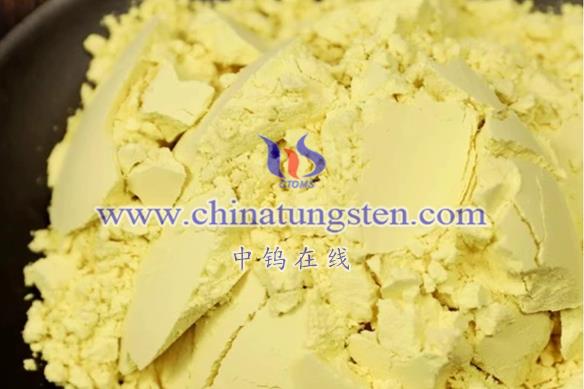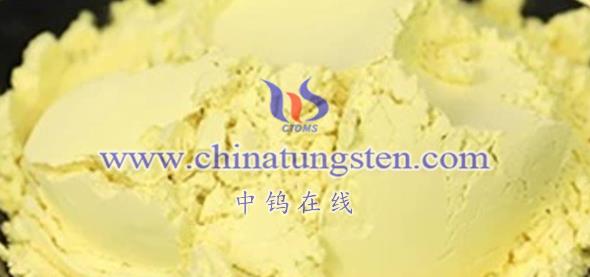
Niobium tungsten oxide (Nb-W-O compounds, such as Nb₁₆W₅O₅₅) is an emerging material that shows unique advantages in fields like lithium-ion batteries and electrochromic devices. However, it also has some limitations. Below is an analysis of the main advantages and disadvantages of niobium tungsten oxide:
Advantages of Niobium Tungsten Oxide:
- High Lithium Mobility: Niobium tungsten oxide has a rigid and open structure that does not trap inserted lithium ions, allowing lithium ions to diffuse rapidly through the material in three dimensions. This property enhances the lithium ion mobility, which is beneficial for achieving fast charge and discharge.
- High Volume Capacity and Energy Density: Niobium tungsten oxide exhibits a relatively high bulk density, which significantly increases its volume capacity and energy density compared to traditional anode materials like graphite. This contributes to the overall performance improvement of the battery.
- Excellent Cycling Stability: Niobium tungsten oxide maintains good structural stability during charge and discharge cycles, thus extending the battery’s cycle life. It can also maintain high capacity retention even at high current densities.
- Improved Safety: Niobium tungsten oxide operates at higher voltages, which helps to avoid the formation of lithium dendrites. This reduces the risk of short circuits and explosions, enhancing the safety of the battery.
- Wide Application Potential: Niobium tungsten oxide can be used not only in lithium-ion battery anodes but also in electrochromic devices and other areas, offering broad potential applications.
- Relatively Simple Preparation: Compared to some complex nanomaterials, the preparation of niobium tungsten oxide is relatively straightforward. It does not require additional chemicals or solvents, which helps reduce production costs.
Disadvantages of Niobium Tungsten Oxide:
- Low Voltage Platform: Despite its high lithium mobility and excellent cycling stability, niobium tungsten oxide has a relatively low voltage platform, which may limit its use in applications that require higher voltages.
- Cost Issues: Currently, the production cost of niobium tungsten oxide is relatively high, which could hinder its competitiveness in large-scale commercial applications. However, as production technology improves and yields increase, this issue is expected to be mitigated.
- Further Research Needed: As an emerging material, many of the properties and potential applications of niobium tungsten oxide have not been fully explored. More research is needed to optimize its performance, improve preparation processes, and explore new applications in various fields.
Conclusion:
Niobium tungsten oxide, as a high-performance material, has significant advantages in lithium-ion batteries and other applications. However, challenges such as cost and voltage limitations remain. With continued research and technological advancements, the application prospects of niobium tungsten oxide are expected to become even more promising.
More details of tungsten oxide product, please visit website: tungsten-oxide.com
Please contact CHINATUNGSTEN for inquiry and order of tungsten oxide:
Email: sales@chinatungsten.com
Tel.: 86 592 5129595
















